IQON is BIG’s South American debut in Quito
Quito gets a brutalist urban addition – IQON – courtesy of Bjarke Ingels and Ecuadorian developer Uribe Schwarzkopf
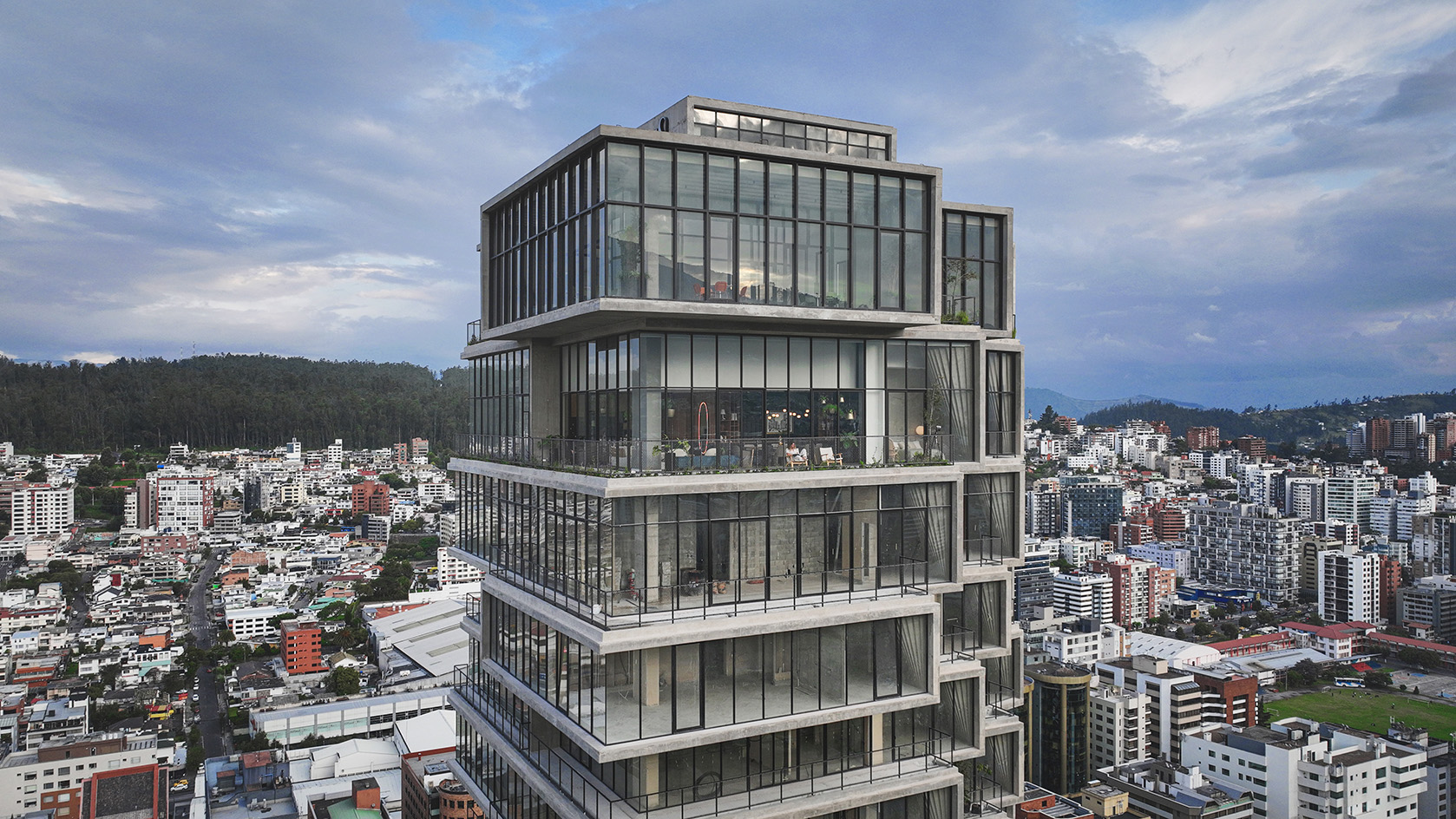
With IQON, the vertiginous growth of Quito’s built skyline has reached a new milestone. The project marks the completion of the first of a pair of towers in the city by Bjarke Ingels’ architecture studio BIG, that looms over La Carolina, the Ecuadorian capital’s version of Central Park. At some 131m high, the 33-storey brutalist centrepiece becomes Quito’s tallest building, surpassing the Basílica del Sagrado Voto Nacional, a Roman Catholic cathedral in Quito’s historic centre.

IQON by BIG
Quito’s upwardly mobile transformation has been made possible by the relaxation of height limits, which moved from 15 to 40 storeys following the relocation of the international airport outside the city’s boundaries in 2015. Things – and the city’s inhabitants – have been looking up ever since.
IQON’s developer, Uribe Schwarzkopf, has been leading the boom in contemporary skyscrapers with its self-styled version of 'healthy urbanism', enrolling help from global architects like BIG, Moshe Safdie, Carlos Zapata, Jean Nouvel, Arquitectonica and MAD to reshape the city’s skyline.
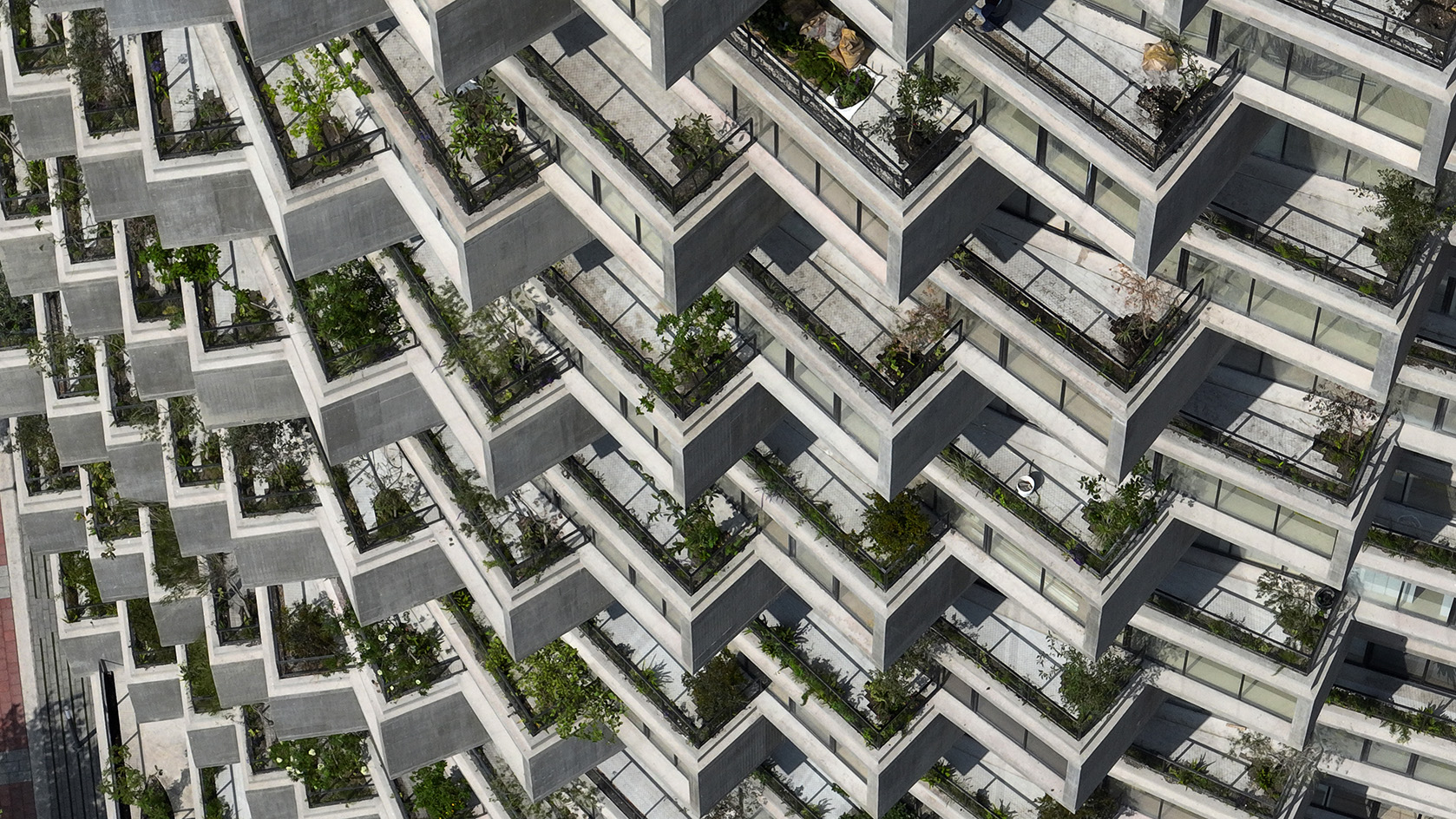
Designed to occupy an L-shaped site, BIG’s distinctive high-rise curves around the plot from north to south creating 220 luxury apartments. They tower over the city looking out at differing angles to the north or west, while its more traditional east-facing flank has been given up to trendy offices.
BIG’s rotating volume repeats itself every three floors, giving the façade a prickly, ‘pineapple’ appearance. The jagged exoskeleton pattern crafted from concrete blocks that stack on top of one another, produces myriad corners, crooks and crevices that have been converted into balconies and terraces for each apartment.
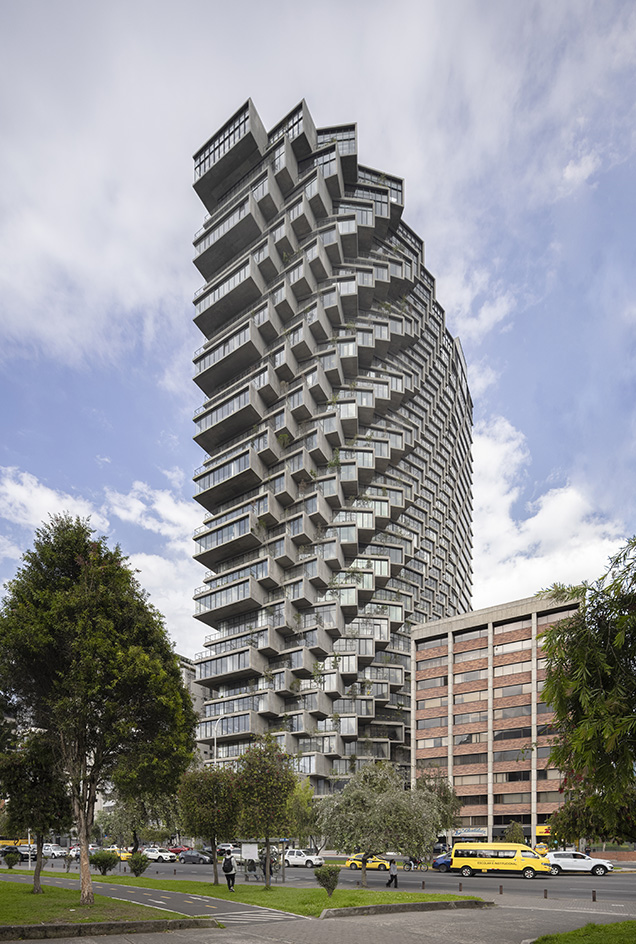
To soften the building’s brutalist, concrete shell, the architecture studio introduced what it calls an ‘urban tree farm’, planting a selection of mid-sized trees and shrubs from Ecuador’s rich biodiversity in planters occupying corners of the neighbouring apartments below. Trees will be replanted in the park when they outgrow the structure, says the architect.
The tower is something of an architectural anomaly, according to Lorenz Krisai, design lead for BIG on both IQON and the follow-up project to the south of the park, EPIQ. The materials and complex finish would be almost impossible to pull off in any other climate or for another client, he says.
Wallpaper* Newsletter
Receive our daily digest of inspiration, escapism and design stories from around the world direct to your inbox.
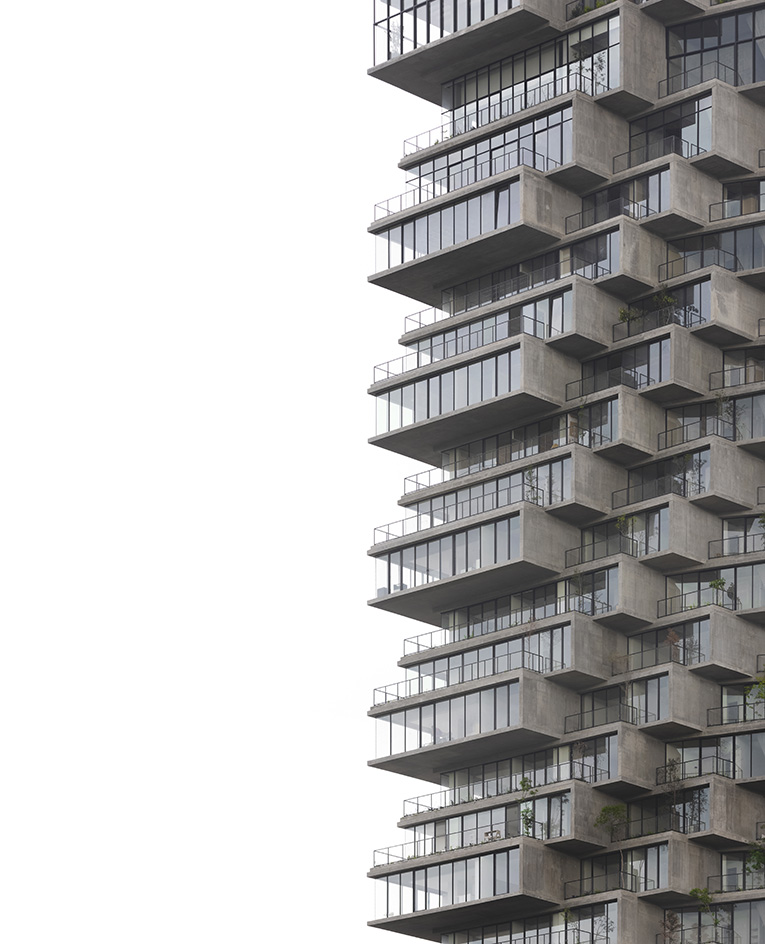
'A brutalist building like this probably wouldn’t have been possible anywhere else or with any other partner. No matter how much we kept pushing the concept to its limits they kept saying, “yes”,' he says.
Completed in October 2022, IQON’s striking façade has already converted the building into a photogenic addition to Quito’s impressive existing body of brutalist architecture – it includes notable examples, such as the Templo de la Patria by local architect, Milton Barragán.
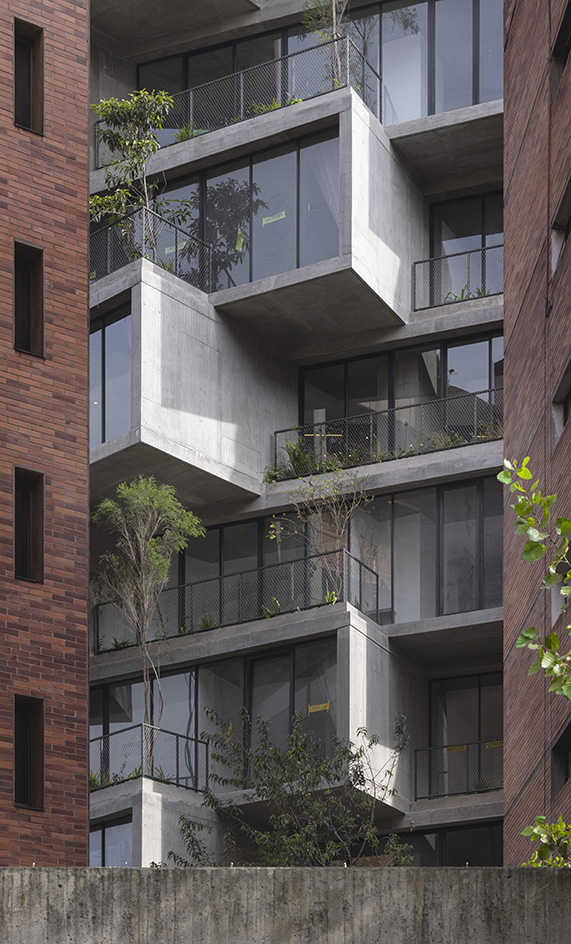
Inside IQON, apart from the office and residential offering, the developer gave over three floors to playful communal facilities, including a bowling alley, an arcade and a music room for jamming on the sixth floor, as well as a poker room and a squash court by the Olympic-sized pool on the rooftop.
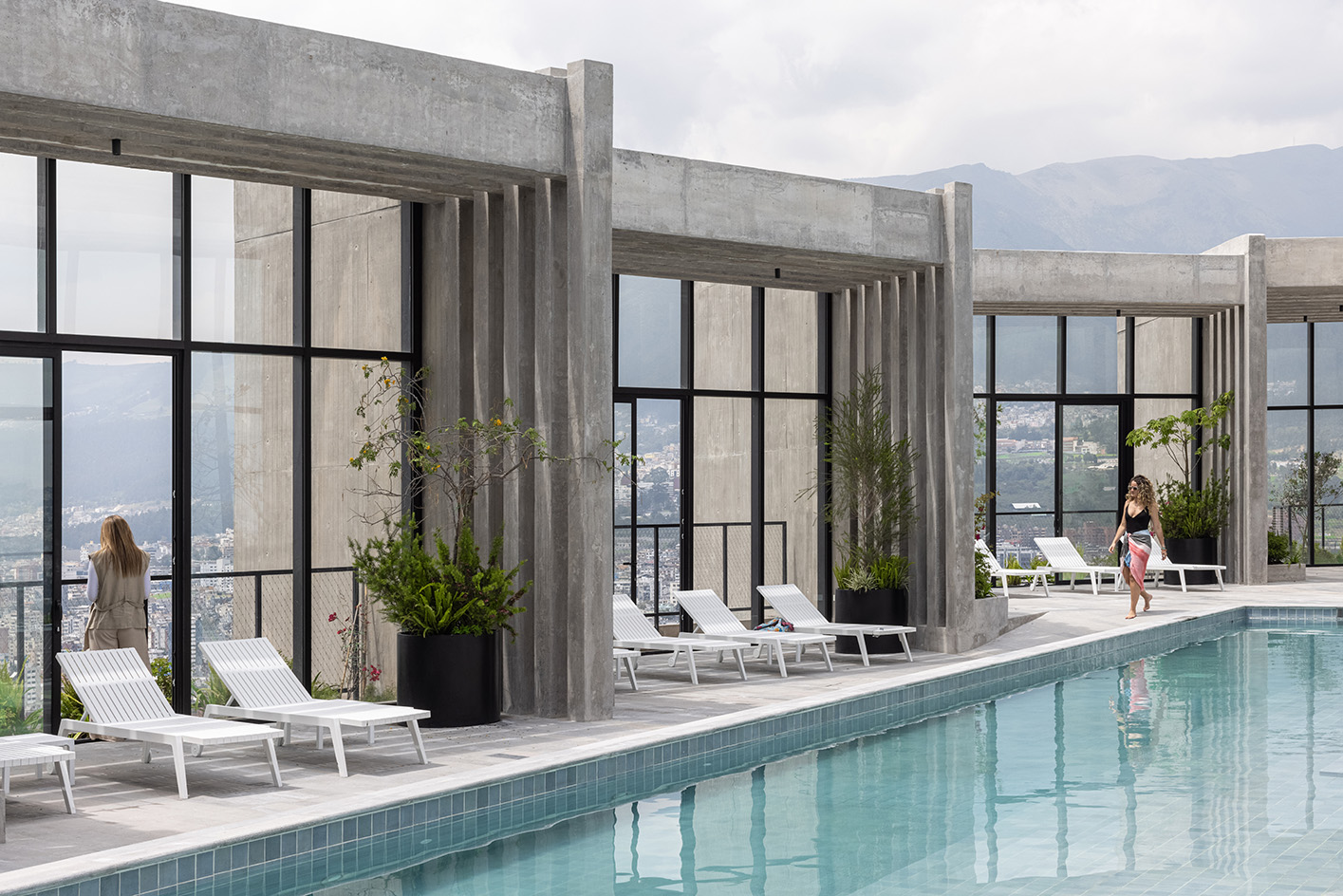
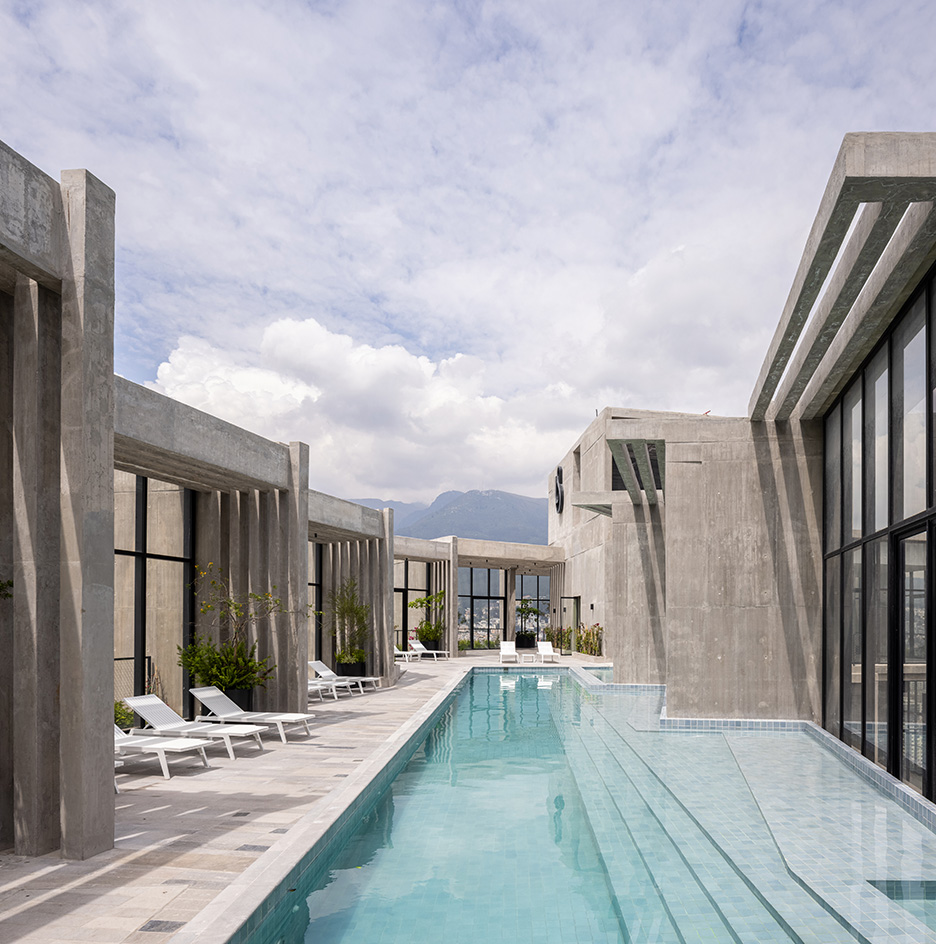
Originally hailing from the UK, Rainbow Blue Nelson first landed in Colombia in search of Tintinesque adventures in 1996. Subsequent forays from his Caribbean base in Cartagena have thrown up a book about Pablo Escobar, and the Wallpaper* City Guides for Santiago, Brasilia, Bogota and Miami. Currently completing a second book about Colombia whilst re-wilding 50 hectares of tropical rainforest on the country's Caribbean coast, he’s interviewed some of South America's most influential figures in art, design and architecture for Wallpaper* and other international publications.
-
 This new Vondom outdoor furniture is a breath of fresh air
This new Vondom outdoor furniture is a breath of fresh airDesigned by architect Jean-Marie Massaud, the ‘Pasadena’ collection takes elegance and comfort outdoors
By Simon Mills
-
 Eight designers to know from Rossana Orlandi Gallery’s Milan Design Week 2025 exhibition
Eight designers to know from Rossana Orlandi Gallery’s Milan Design Week 2025 exhibitionWallpaper’s highlights from the mega-exhibition at Rossana Orlandi Gallery include some of the most compelling names in design today
By Anna Solomon
-
 Nikos Koulis brings a cool wearability to high jewellery
Nikos Koulis brings a cool wearability to high jewelleryNikos Koulis experiments with unusual diamond cuts and modern materials in a new collection, ‘Wish’
By Hannah Silver
-
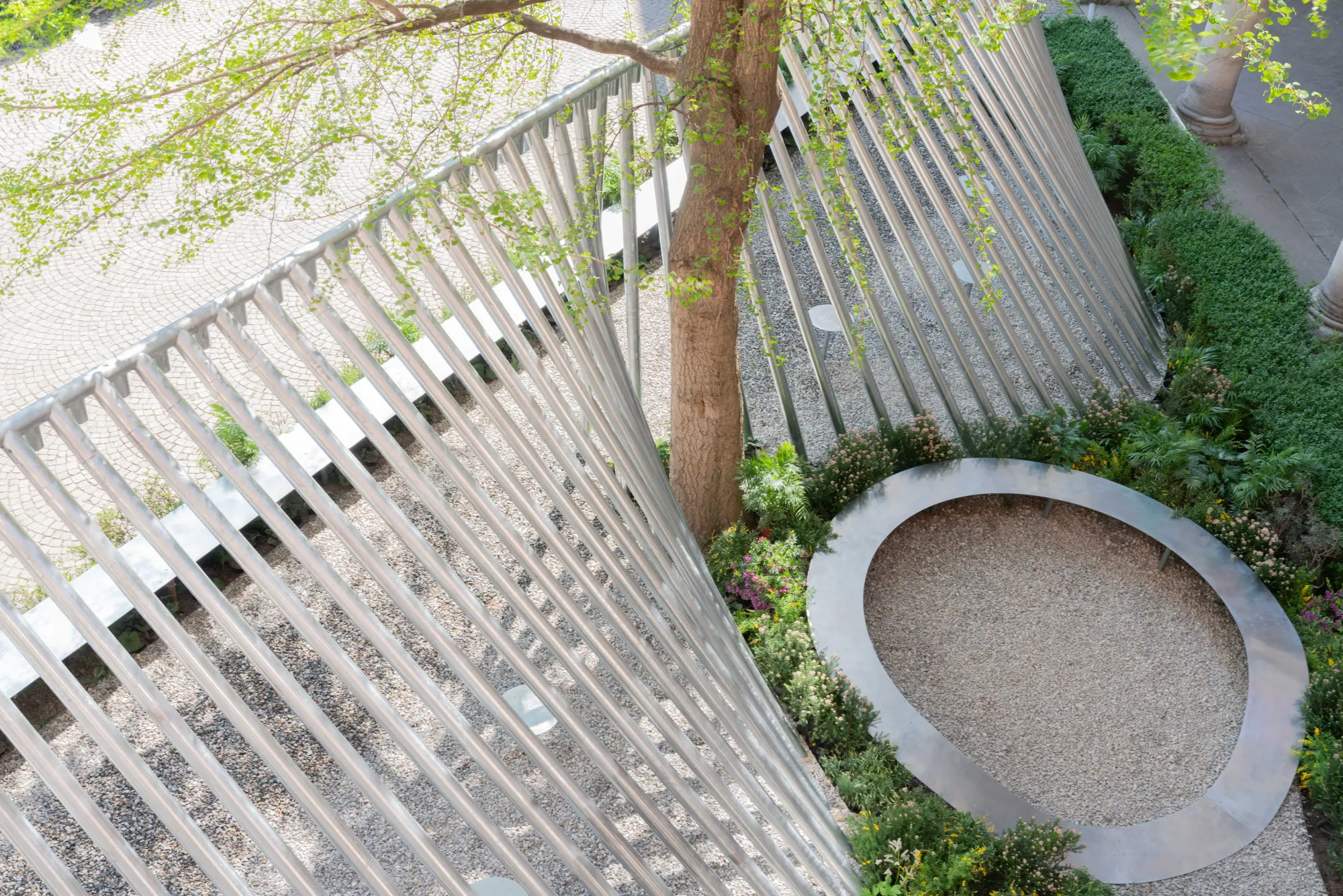 Milan Design Week: ‘A Beat of Water’ highlights the power of the precious natural resource
Milan Design Week: ‘A Beat of Water’ highlights the power of the precious natural resource‘A Beat of Water’ by BIG - Bjarke Ingels Group and Roca zooms in on water and its power – from natural element to valuable resource, touching on sustainability and consumption
By Ellie Stathaki
-
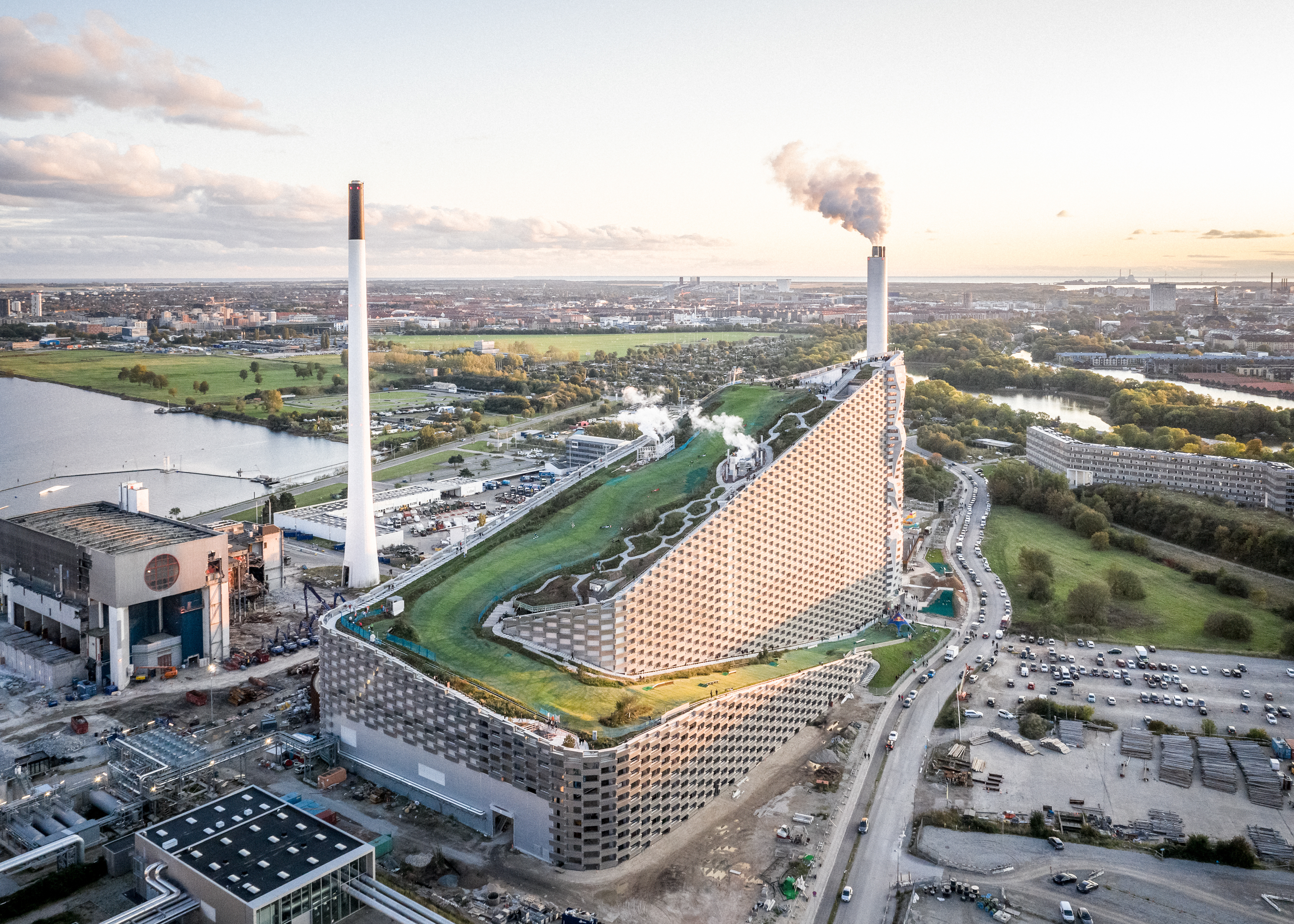 What is hedonistic sustainability? BIG's take on fun-injected sustainable architecture arrives in New York
What is hedonistic sustainability? BIG's take on fun-injected sustainable architecture arrives in New YorkA new project in New York proves that the 'seemingly contradictory' ideas of sustainable development and the pursuit of pleasure can, and indeed should, co-exist
By Emily Wright
-
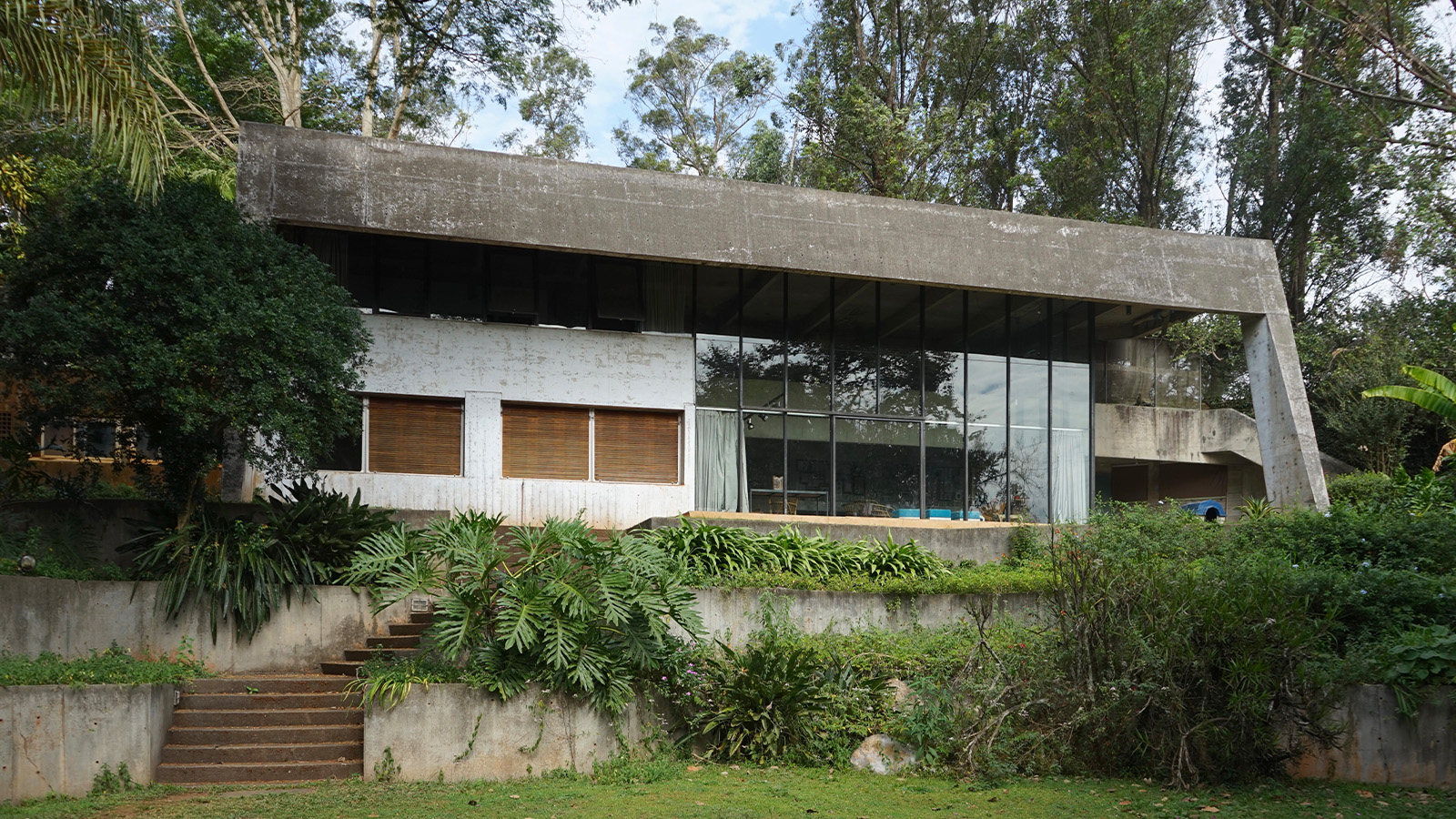 Tour 18 lesser-known modernist houses in South America
Tour 18 lesser-known modernist houses in South AmericaWe swing by 18 modernist houses in South America; architectural writer and curator Adam Štěch leads the way in discovering these lesser-known gems, discussing the early 20th-century movement's ideas and principles
By Adam Štěch
-
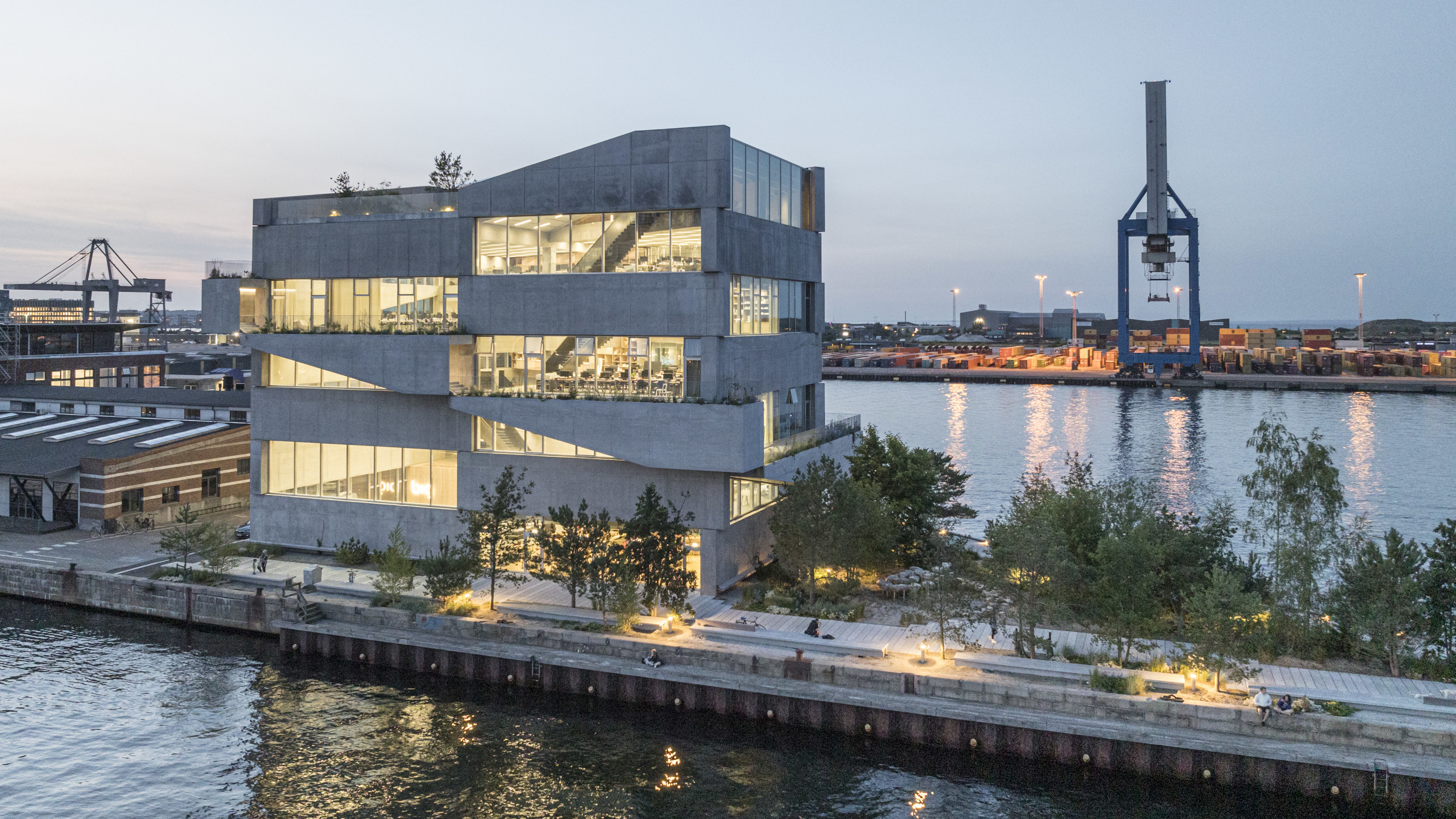 Denmark’s BIG has shaped itself the ultimate studio on the quayside in Copenhagen
Denmark’s BIG has shaped itself the ultimate studio on the quayside in CopenhagenBjarke Ingels’ studio BIG has practised what it preaches with a visually sophisticated, low-energy office with playful architectural touches
By Jonathan Bell
-
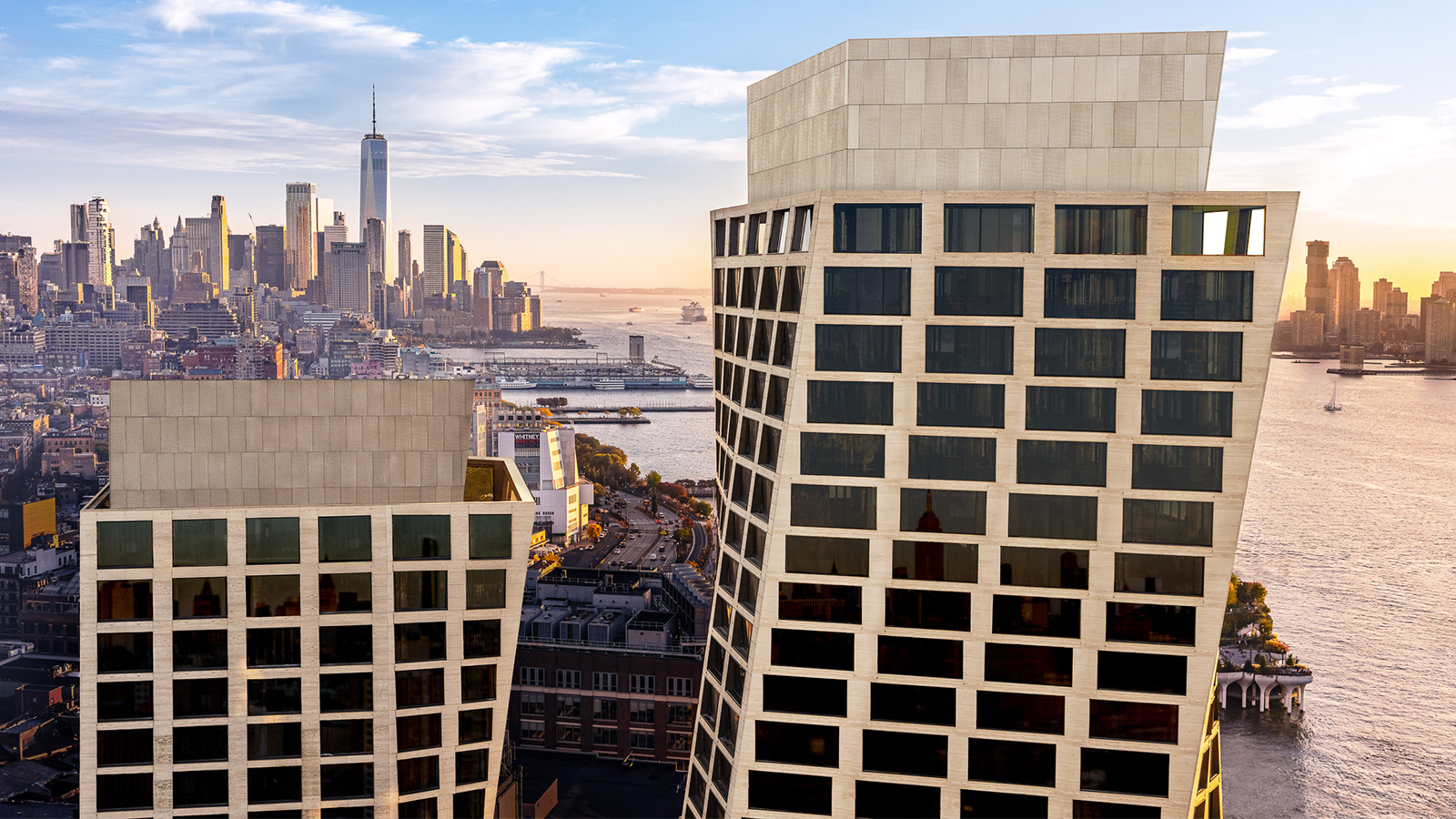 Step inside One High Line's sculptural forms in New York
Step inside One High Line's sculptural forms in New YorkOne High Line, the residential building designed by Bjarke Ingels of BIG with interiors by Gabellini Sheppard and Gilles & Boissier, swirls up into the skyline absorbing its New York City context
By Ellie Stathaki
-
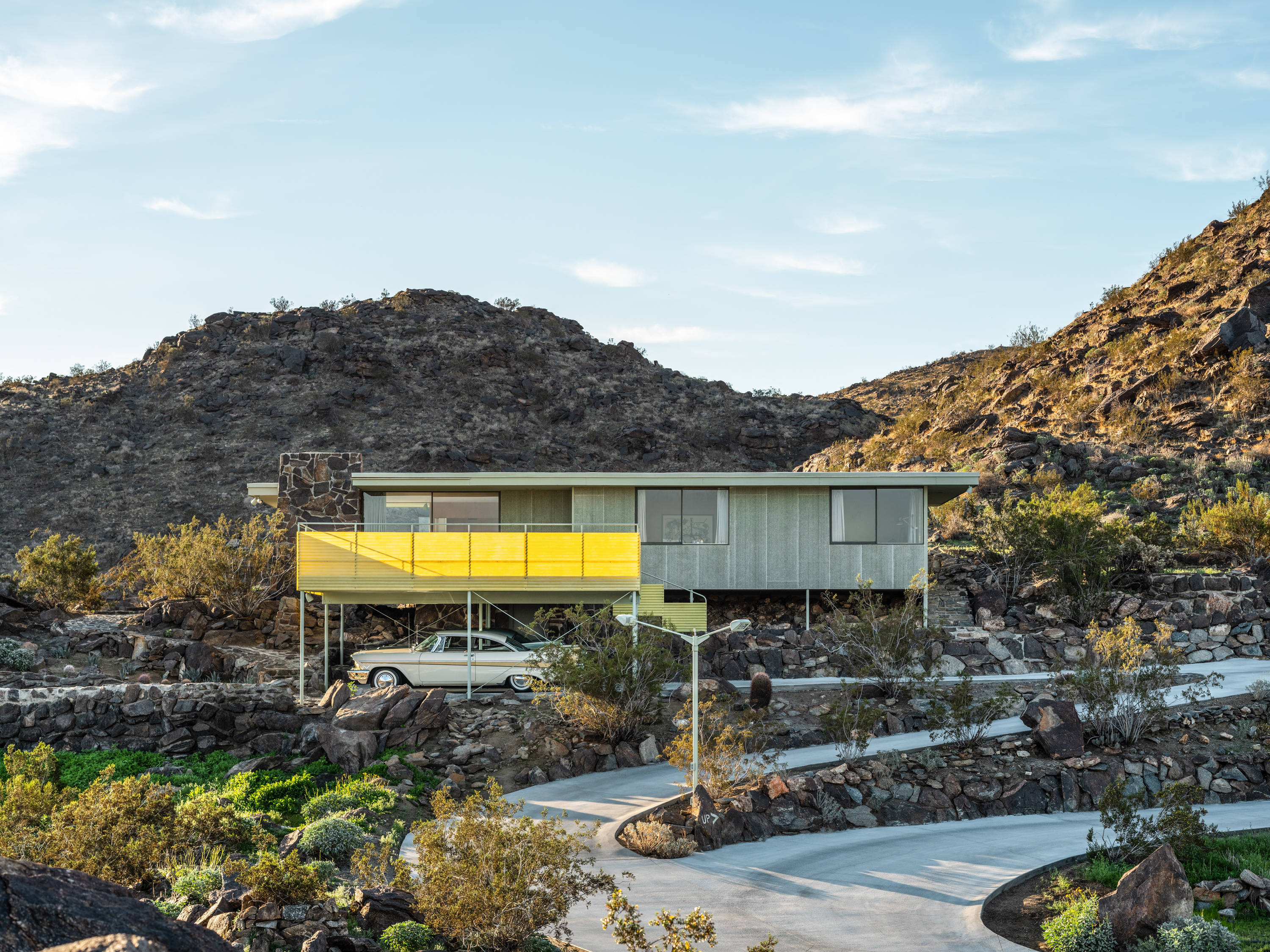 Modernist architecture: inspiration from across the globe
Modernist architecture: inspiration from across the globeModernist architecture has had a tremendous influence on today’s built environment, making these midcentury marvels some of the most closely studied 20th-century buildings; here, we explore the genre by continent
By Ellie Stathaki
-
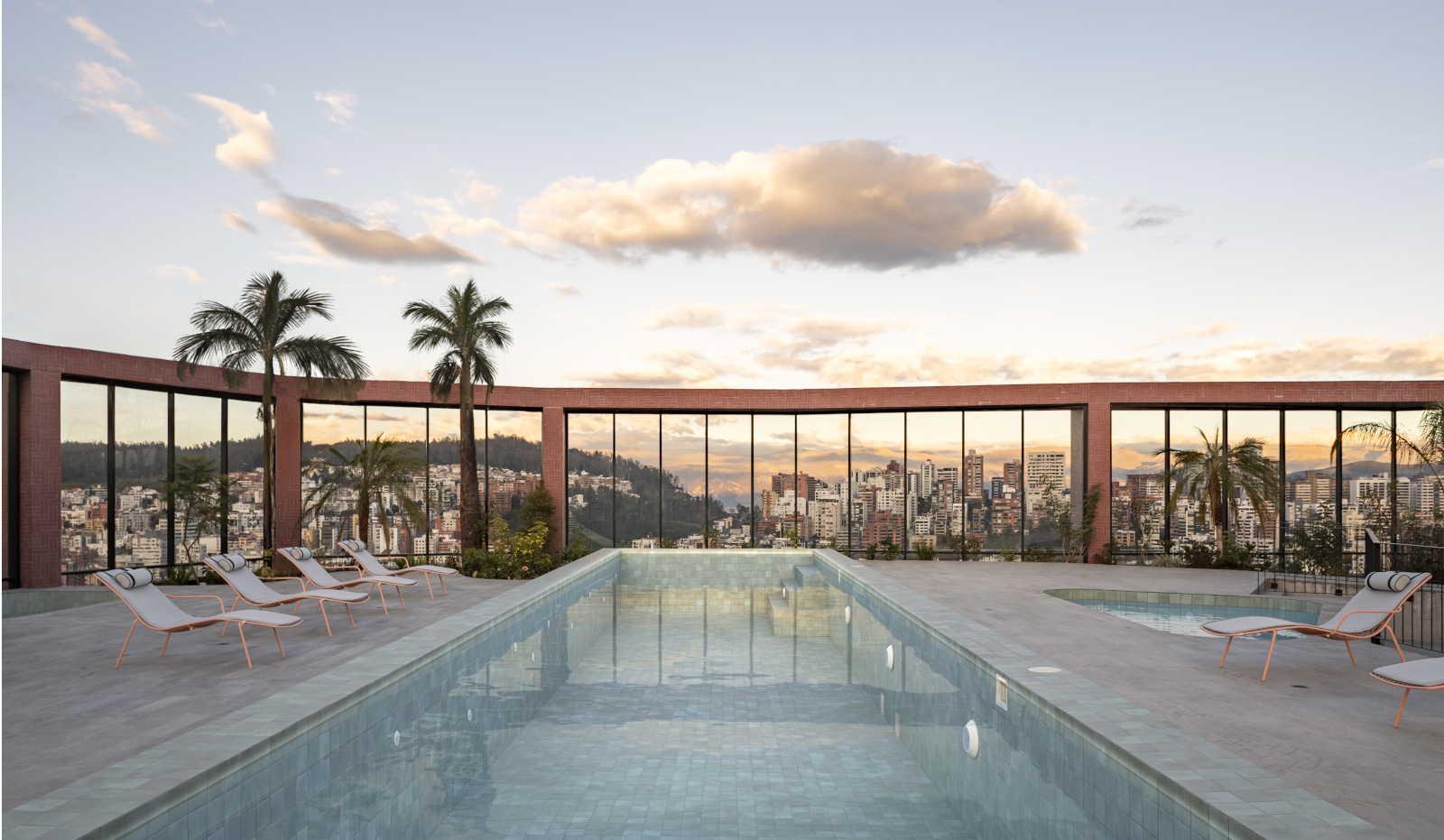 EPIQ's ‘vertical neighbourhood’ is a dynamic design centred on green space and heritage
EPIQ's ‘vertical neighbourhood’ is a dynamic design centred on green space and heritageIn Quito, Ecuador, EPIQ by developer Uribe Schwarzkopf and architect Bjarke Ingels Group (BIG) is a dynamic contemporary build that slots into the cityscape
By Tianna Williams
-
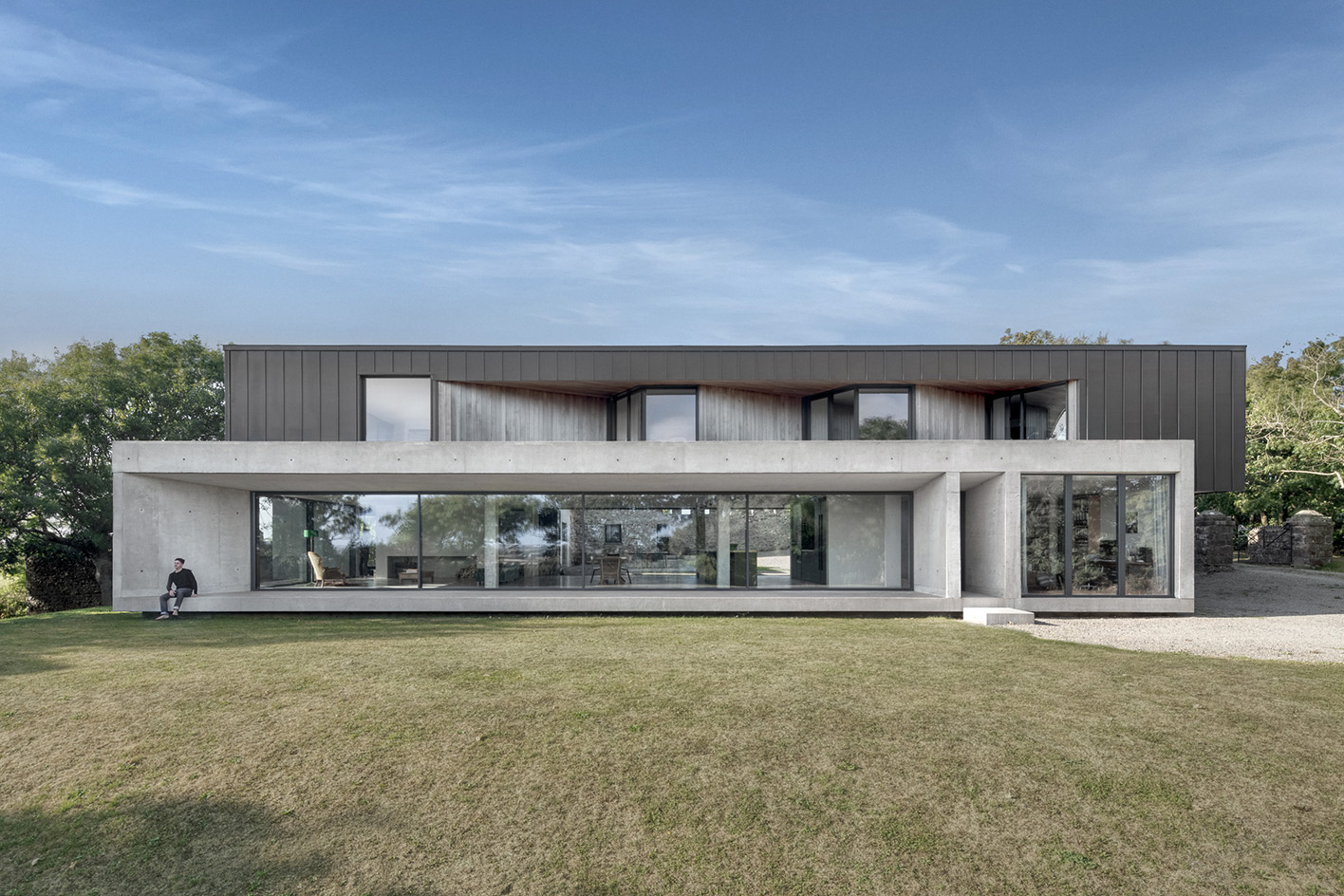 Minimalist architecture: homes that inspire calm
Minimalist architecture: homes that inspire calmThese examples of minimalist architecture place life in the foreground – clutter is demoted; joy promoted
By Ellie Stathaki